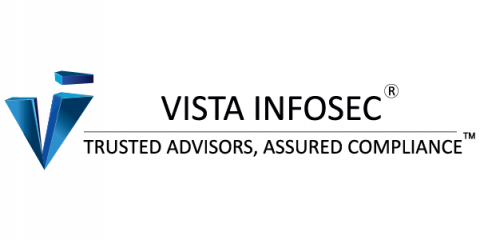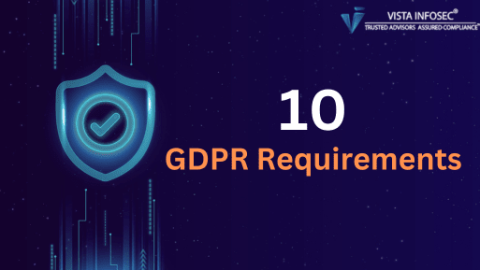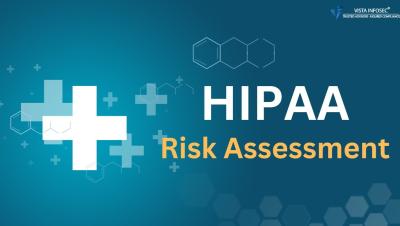Protecting Customer Data: Key Principles Every Company Should Know
In the digital age, protecting customer data is a cornerstone of trust and reliability between a company and its consumers. As cyber threats loom larger and data breaches become more frequent, safeguarding sensitive information cannot be ignored. Companies that excel in data protection comply with stringent regulations and gain a competitive edge by building solid relationships with their customers.






